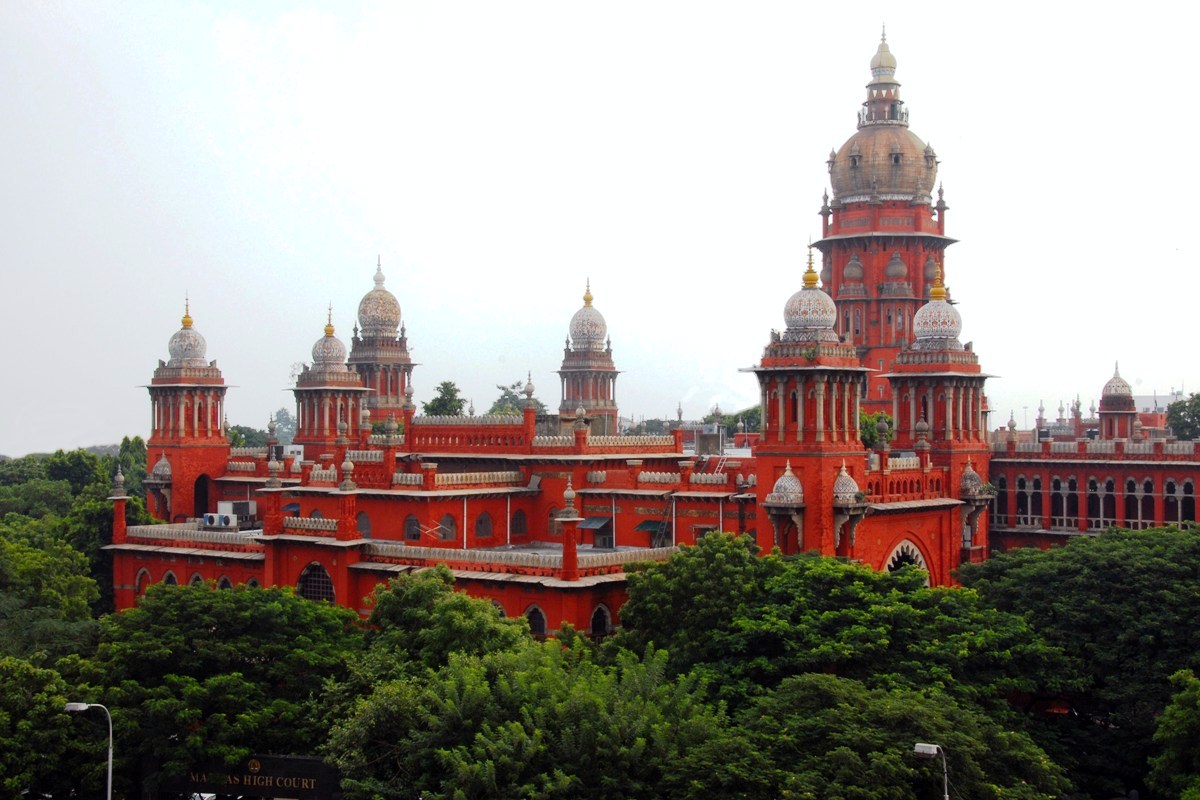
Madras HC upholds 7.5% reservation for govt school students in medical admissions

The Madras High Court has upheld the 7.5 per cent special reservation for government school students applying for medical course admissions in Tamil Nadu.
A bench of the HC, headed by Chief Justice Chief Justice Munishwar Nath Bhandari and comprising Justice D Bharatha Chakravarthy, passed the orders upholding the special law.
Even as the bench allowed the state to continue the 7.5 per cent reservation, it directed the state to review the horizontal reservation in five years, as recommended by the committee headed by Justice (Retd.) P Kalaiyarasan.
“The state shall continue the reservation for the next five years. Within the span of five years, the government should take steps to improve the standard of education in government schools. The reservation cannot be extended beyond five years,” the bench observed.
The judges passed this order after hearing several writ petitions challenging the State legislature on providing 7.5 per cent reservation to the students from government schools in medical admissions.
Also read: SC upholds HC’s decision, strikes down 10.5% reservation for Vanniyars
Appearing for the State government, senior counsel P Wilson submitted that the special reservation is very essential to bridge the gap between the rural-urban and rich-poor gap.
“This reservation can be termed as the institutional preference of the State government and the State is competent of providing the 7.5 per cent reservation for the government school students for the medical admissions,” senior counsel P Wilson said.
The petitioners argued that due to the special reservations, students who fall under 31 per cent general quota will be affected.
After the marathon hearings, the first bench had reserved the orders on March 17.
Senior Counsel Kapil Sibal had argued that the 7.5 per cent reservation is provided on the basis of government school students’ socio-economical background and infrastructure.


